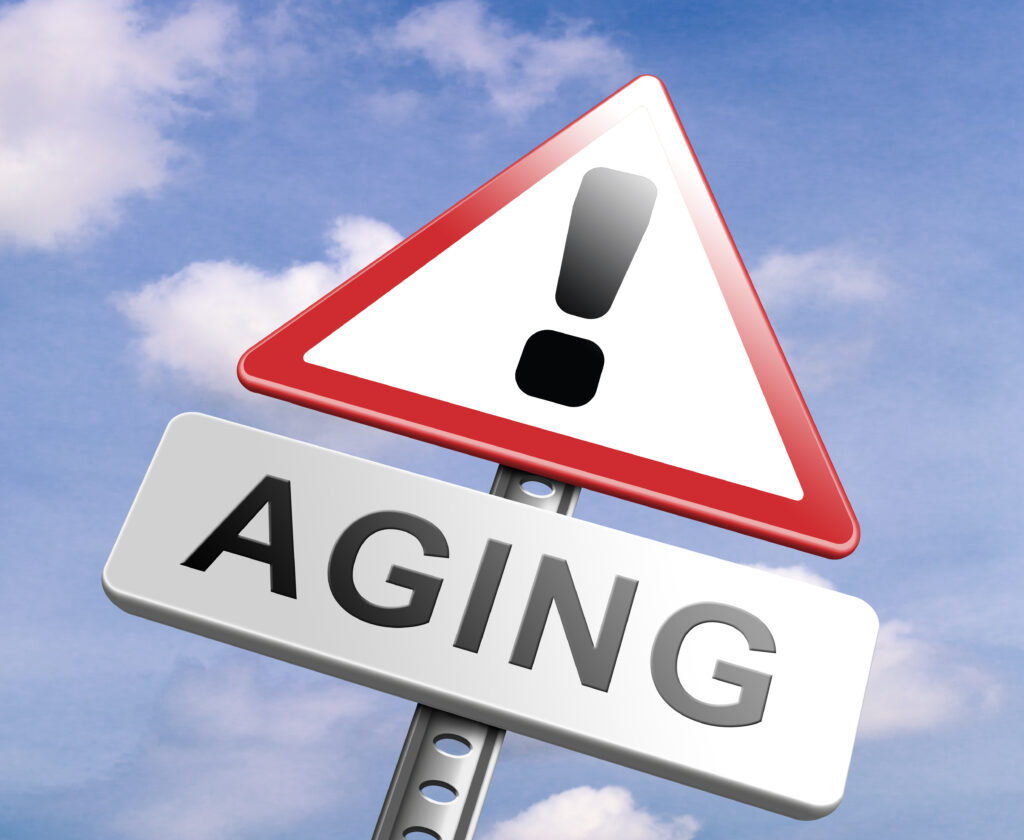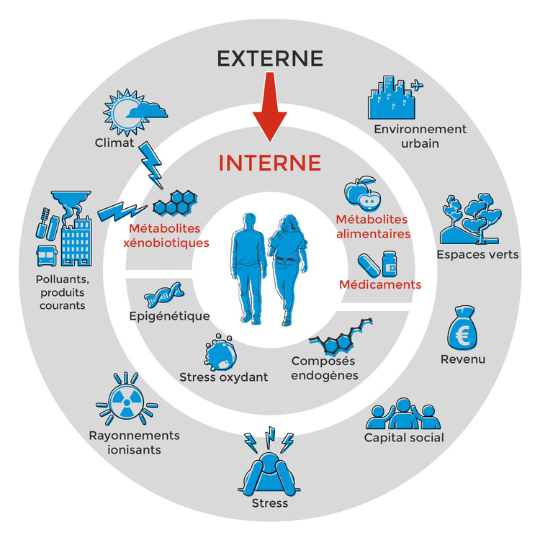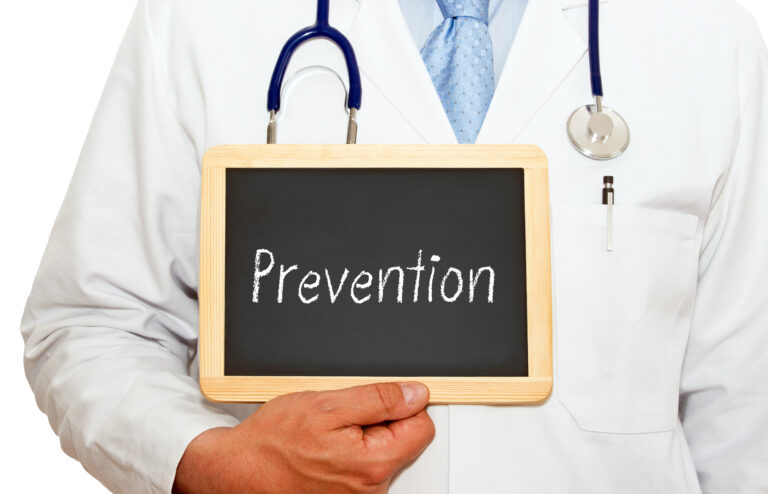Why do we age and die prematurely? Is it a matter of genetics or lifestyle? A recent study published in Nature Aging offers surprising answers by analyzing the factors that truly influence our aging and risk of premature death.
The impact of lifestyle on aging: A large-scale study

A vast study conducted by American, British, and Dutch researchers explored the impact of lifestyle and environment on aging and health. To do so, they examined data from nearly 500,000 Britons followed for over 12 years as part of the UK Biobank, one of the largest cohorts in the world.
The scientific team analyzed 164 elements related to lifestyle habits and environment in order to identify their influence on aging, age-related diseases, and early mortality. To refine their analysis, the researchers used an innovative biological clock based on molecular markers, particularly proteins. This tool enabled them to assess the internal aging of participants and estimate their “biological age”, to better understand the associated risk factors.
The findings, published in Nature, reveal that among the 164 parameters studied, 25 (23 of which can be modified) were closely linked to the biological clock and the risk of mortality. On average, each of these elements was involved in the development of 15 age-related diseases.

The exposome: A key player in aging
The researchers studied nearly half a million participants from the UK Biobank, a vast biomedical database. They compared the impact of environmental factors (referred to as the “exposome”) and genetic factors on life expectancy and age-related diseases. The result: the exposome accounts for a much larger share of aging and mortality than genetics.

EXPOSOME (definition)
[ɛkspozom]
Noun, Masculine
Def.: The exposome refers to the entirety of environmental exposures an individual undergoes throughout their life, from conception to death. It encompasses various factors such as diet, pollution, stress, lifestyle habits, and chemical, biological, and physical agents, as well as their interactions with genetics.
This concept is key in epidemiology and public health, as it allows for the study of the overall impact of the environment on disease development and aging.
In numbers, DNA contributes only 2% additional explanation for mortality variation, whereas the exposome explains 17%. In other words, our environment and lifestyle habits carry much more weight than our genetic inheritance in determining our longevity.
What speeds up (or slows down) aging
The study identified 25 environmental factors with a direct impact on mortality and biological aging. Among the most harmful are:
- Smoking, by far the factor most associated with reduced life expectancy.
- Poverty, particularly living in social housing or having a low income.
- Lack of physical activity, which promotes chronic diseases.
- Poor sleep, as both too much and too little sleep are linked to accelerated aging.
Conversely, some factors protect against aging:
- A good level of income, which appears to be associated with better access to healthcare and a healthier lifestyle.
- Regular physical activity, which slows biological aging processes.
- Living as a couple, which may provide beneficial social and psychological support.

Genetics plays a role… but a limited one
While some genes influence the risk of specific diseases (such as Alzheimer’s or certain cancers), they remain secondary compared to living conditions. This study confirms a major observation: in 200 years, human life expectancy has nearly doubled, while our genome has changed very little. It is therefore the environment (nutrition, medicine, hygiene, living conditions…) that makes the difference.
Toward a preventive approach to health
These findings pave the way for a new approach to public health. Rather than simply treating age-related diseases, it is essential to invest in prevention, notably through the improvement of living conditions, access to healthy food, and education about the importance of physical and mental well-being. This approach could not only extend lifespan but, more importantly, improve the quality of the added years.
This study highlights the complex interaction between genetic predisposition and environmental factors in aging and premature mortality. While certain diseases—such as some cancers or neurodegenerative conditions—appear primarily influenced by genetic risk, researchers emphasize the predominant role of environmental exposures in the occurrence of many other pathologies and in the variability of life expectancy.

Finally, the influence of early-life exposures on long-term health—such as childhood size and body composition or maternal smoking exposure—suggests that interventions from the earliest years of life could have a major beneficial impact on life expectancy and quality of life.
A message of hope
This study shows that aging is not a genetic inevitability: our choices and environment matter greatly. Quitting smoking, engaging in physical activity, and maintaining good social and economic balance are all levers to live longer and healthier lives.
Aging is therefore not just written in our genes—it is also in our hands. A thought-provoking… and empowering message!
Published by the Editorial Staff on
